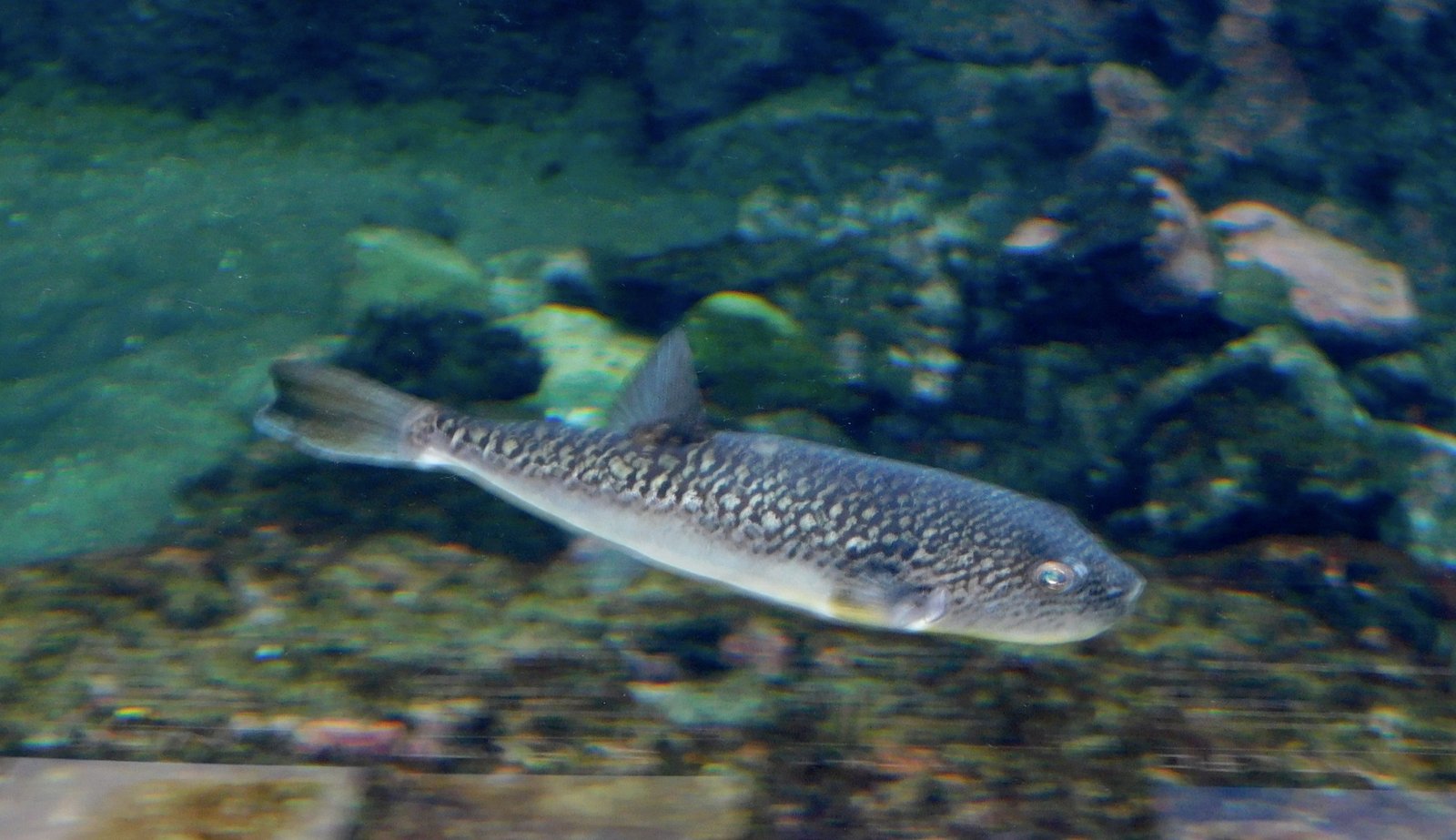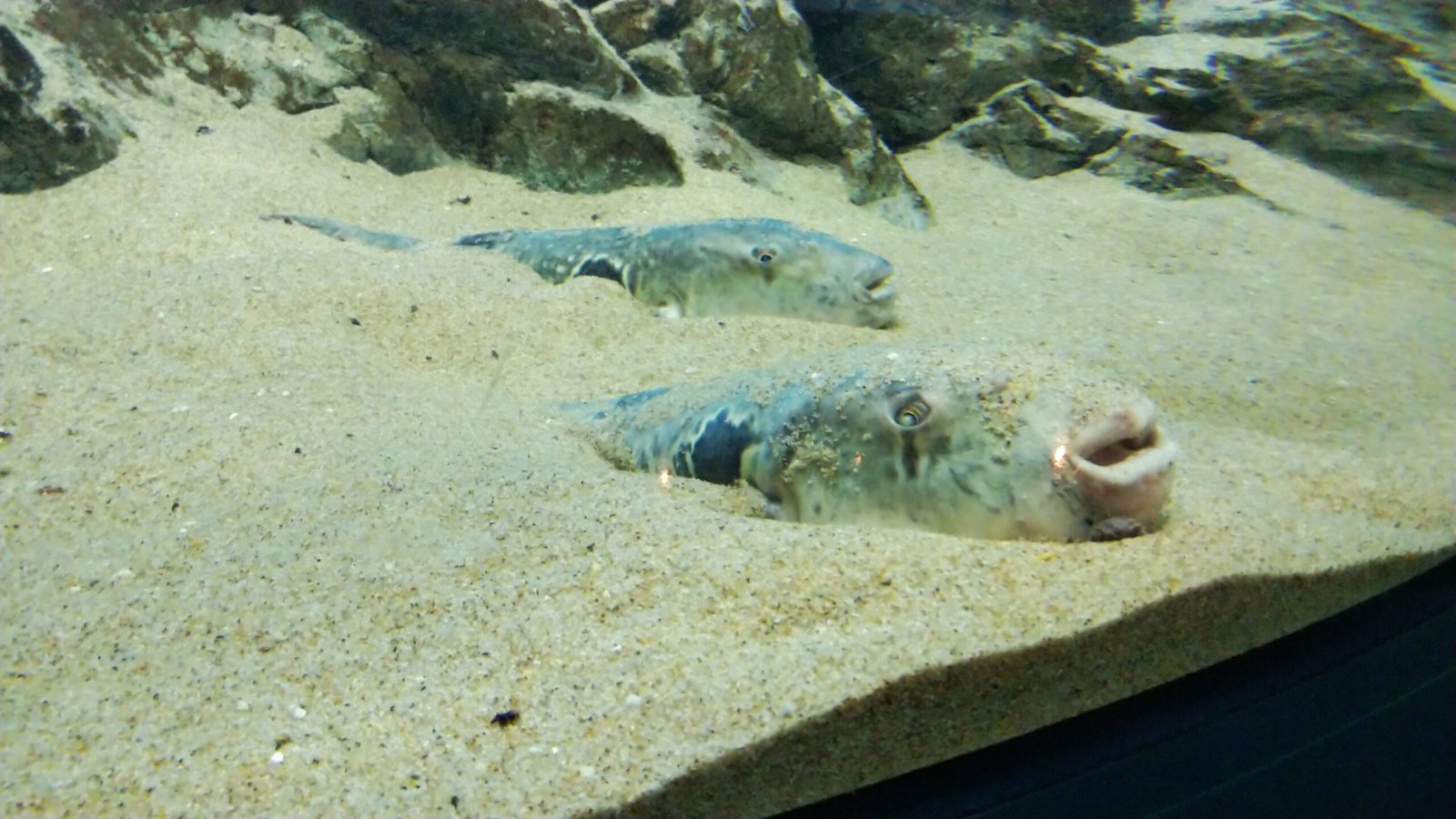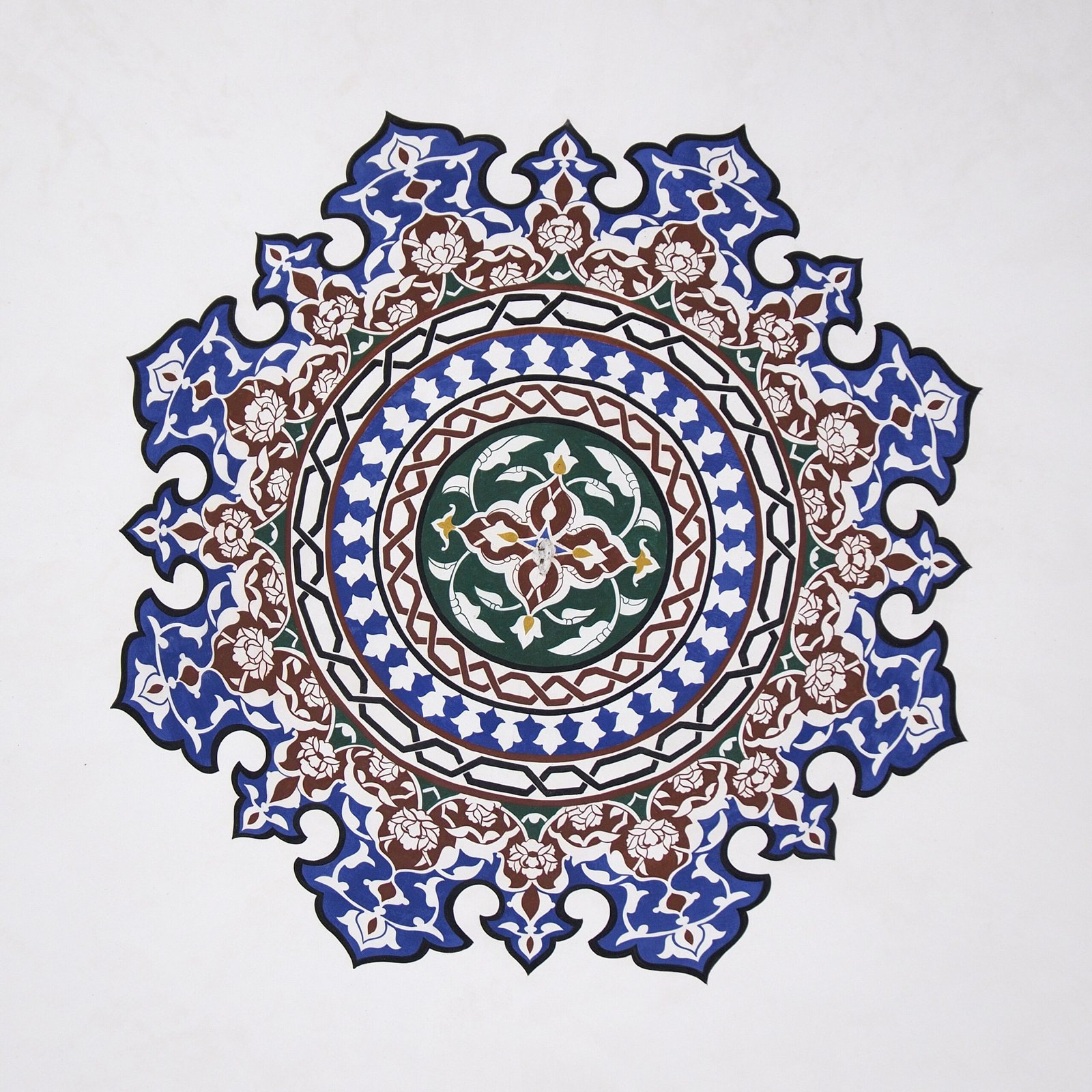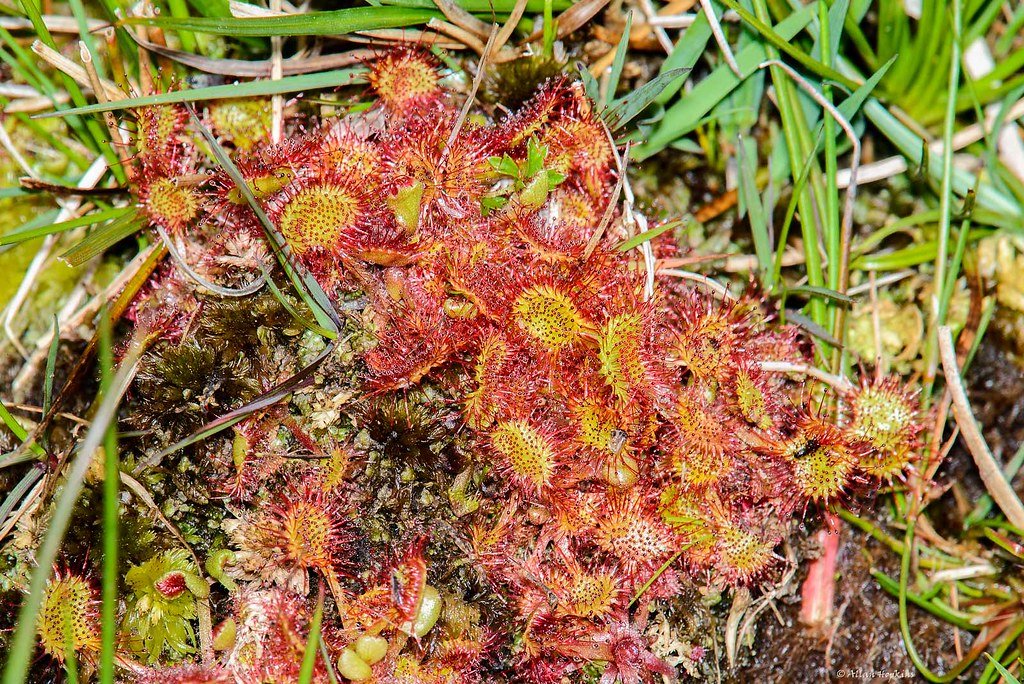In the vast blue expanse of the ocean, where life often seems chaotic and untamed, there exists a tiny artist that defies all expectations. The Japanese white-spotted pufferfish, barely the size of a human hand, creates breathtaking works of geometric art on the sandy sea floor—masterpieces so precise and enchanting that they rival the creations of any human artist. It’s a story so surprising and beautiful that it almost feels like a fable, yet it is an astonishing truth of the natural world. Imagine stumbling upon a perfectly symmetrical, intricate pattern etched into the sand, only to discover its creator is a humble fish with a relentless drive and an eye for perfection. This is the tale of the pufferfish mandalas, where passion, perseverance, and natural instinct converge to create a spectacle that captures the imagination of scientists and dreamers alike.
The Underwater Architect Revealed
The artist behind these mesmerizing designs is the male Japanese white-spotted pufferfish. Despite its modest appearance, this fish holds a secret talent that stuns even seasoned marine biologists. Using only its fins and body, the pufferfish meticulously carves out large, circular patterns in the sand, often measuring up to two meters across. These designs, often referred to as “pufferfish mandalas,” are not only visually stunning but are also feats of biological engineering. Each groove, ridge, and symmetrical swirl serves a purpose, transforming the ordinary sea floor into a living canvas.
Nature’s Most Surprising Love Letter

What could drive a fish to such creative extremes? The answer lies in the timeless dance of courtship. These mandalas are, in essence, elaborate love letters crafted to woo a mate. A female pufferfish, swimming above, is drawn to the precision and complexity of the male’s creation. The more intricate and well-crafted the design, the better the chances of impressing a potential partner. This display of artistry becomes a silent conversation, where lines in the sand speak volumes about dedication, strength, and genetic fitness.
The Geometry of Seduction
The patterns themselves are a marvel of natural geometry. Radiating spokes, sweeping curves, and repeated motifs emerge from countless hours of work. The fish uses its fins to sweep sand outward, forming ridges and valleys that enhance the design’s symmetry and depth. Some sections are deliberately smoothed, while others are adorned with small shells or bits of coral, adding both texture and visual interest. It’s as if the pufferfish understands the language of mathematics, translating instinct into perfect shapes and harmonious balance.
Endurance and Devotion in Every Sweep
Building a mandala is no easy feat. The process often takes over a week of constant labor, with the pufferfish swimming tirelessly day and night. Strong ocean currents threaten to erase the delicate work at any moment, and yet the fish persists, repairing and refining the structure with unwavering focus. This dedication is a testament to the power of instinct and the lengths to which nature will go for the sake of survival and reproduction.
Environmental Challenges and Natural Obstacles
The sandy seabed is a dynamic and unpredictable environment. Waves, shifting currents, and passing animals can all disrupt the fragile patterns. Despite these obstacles, the pufferfish adapts, continually adjusting and rebuilding its mandala. This resilience highlights the remarkable adaptability of marine life and the ceaseless push to overcome adversity, even when the odds seem insurmountable.
A Hidden World Discovered

For years, these underwater artworks went unnoticed, hidden beneath the waves and lost to the eyes of science. It wasn’t until relatively recently, with the advent of underwater cameras and patient observation, that divers and researchers began to uncover the full extent of the pufferfish’s artistry. The discovery sparked awe and wonder across the scientific community, reminding us how much remains to be explored in our oceans.
The Science Behind the Pattern

Researchers have studied the mandalas to understand their functional and evolutionary significance. The ridges and grooves are not just for show; they help protect the eggs from ocean currents and predators by channeling fine sand to the center, creating a safe nest. This fusion of art and survival strategy is a striking example of how evolution shapes not only form but also function in the animal kingdom. The patterns are a blend of beauty and practicality, where every swirl has a purpose.
Inspiration for Humans

The pufferfish mandalas have inspired artists, architects, and mathematicians around the world. The patterns are reminders that creativity is not an exclusively human trait. Nature itself is a wellspring of innovation, often producing designs and solutions that surpass even our wildest imaginations. The story of the pufferfish challenges us to look closer at the world around us and to find wonder in the smallest and most unexpected places.
Conservation Concerns and Hope for the Future
Like many marine species, pufferfish face threats from habitat destruction, pollution, and climate change. The fragile sand beds where they craft their mandalas are vulnerable to human activity and environmental shifts. Protecting these habitats is crucial, not only for the survival of the pufferfish but also for preserving the natural wonders they create. Each mandala lost is a silent loss of beauty, ingenuity, and life itself.
A Lasting Impression of Nature’s Genius

Standing before a pufferfish mandala is a humbling experience. It is a reminder of the hidden brilliance that flourishes beneath the surface of our world—a testimony to the power of persistence, the magic of instinct, and the beauty of unexpected artistry. Every groove and ridge speaks to the extraordinary potential locked within even the smallest creatures. How many other masterpieces might be waiting, just out of sight, for us to discover?




